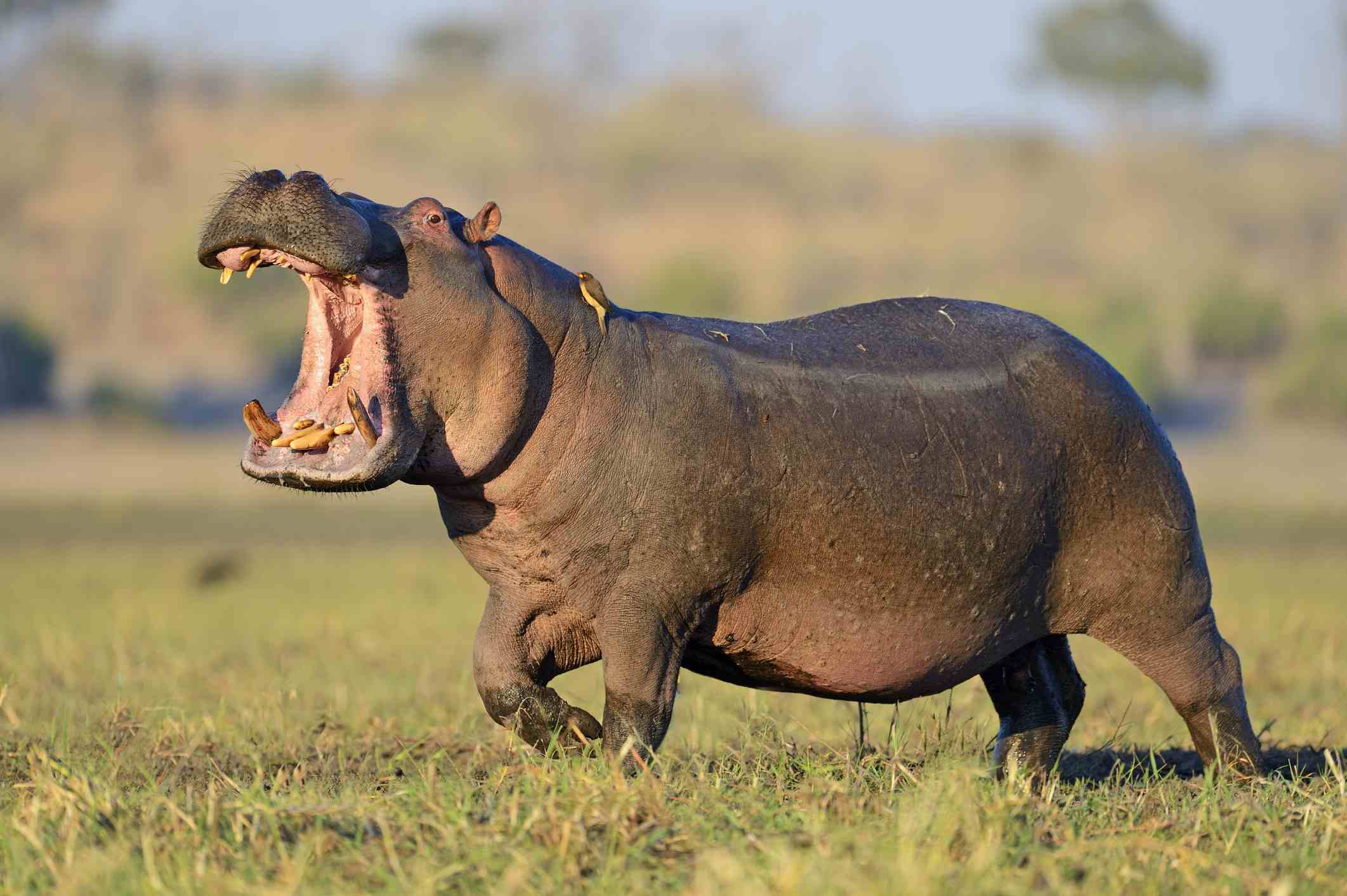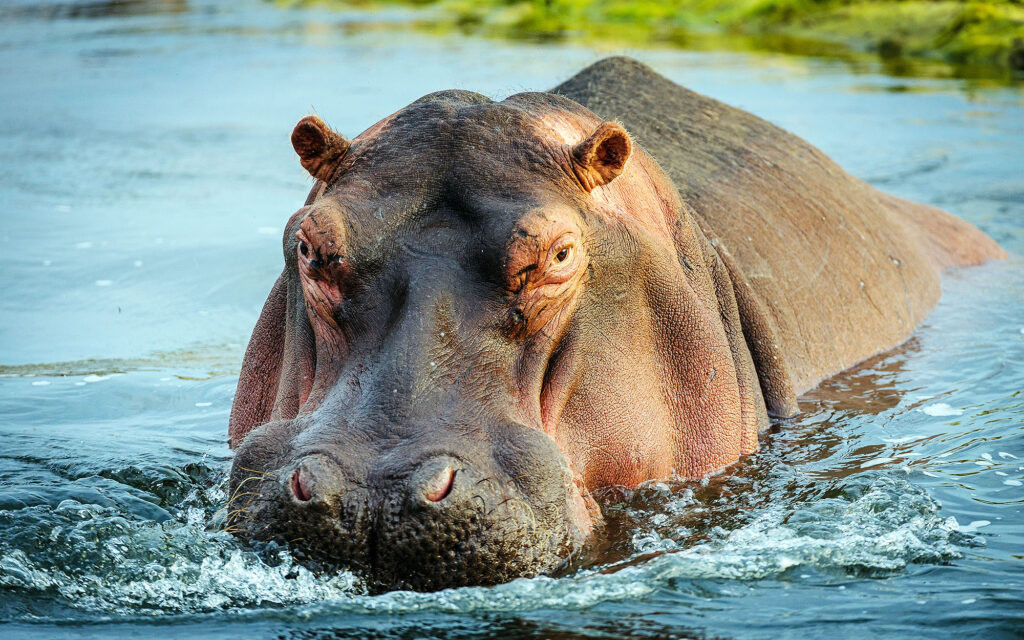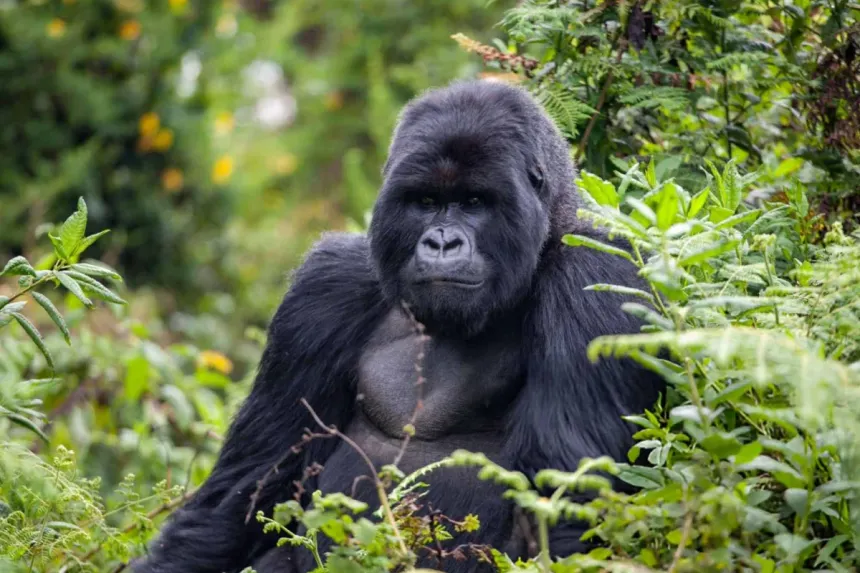All About Hippoptamus.

The hippopotamus, often simply called the hippo, is one of Africa’s most iconic and powerful animals. With its barrel-shaped body, massive mouth, and mostly aquatic lifestyle, the hippo is both fascinating and intimidating. Though they may appear slow and docile, hippos are among the most dangerous animals in Africa due to their unpredictable and highly territorial behavior.
Hippos are native to sub-Saharan Africa, where they live in rivers, lakes, and swamps. These animals spend most of their daylight hours in water to keep cool, surfacing regularly to breathe. Their eyes, ears, and nostrils are located high on their heads, allowing them to stay mostly submerged while still observing their surroundings. At night, they come onto land to graze on grass, often traveling several kilometers in search of food. Despite their enormous size, they feed exclusively on vegetation and can eat up to 40 kilograms of grass in a single night.
Physically, hippos are quite impressive. Adult males can weigh between 1,500 to 1,800 kilograms, while females are slightly smaller. They can reach lengths of up to 4 meters and have a lifespan of 40 to 50 years in the wild. Although they live much of their lives in water, hippos are not natural swimmers. Instead, they walk or bounce along riverbeds, holding their breath for up to five minutes at a time.
Socially, hippos live in groups called bloats, often led by a dominant male. These groups can include several females and their young. Males are extremely territorial, especially in water, and will aggressively defend their section of the river. Females are also fiercely protective of their calves, which are born after an eight-month pregnancy and weigh around 30 to 50 kilograms at birth. Calves can nurse underwater and often ride on their mothers’ backs.

One of the more unusual features of the hippo is its ability to secrete a red, oily substance from its skin. This secretion acts as a natural sunscreen and helps prevent infections. Despite their size and short legs, hippos can run up to 30 kilometers per hour on land over short distances.
Unfortunately, the African hippo population is in decline. Listed as Vulnerable by the IUCN, they are threatened by habitat destruction, water pollution, and illegal hunting for their ivory-like teeth. Conservationists are working to protect their habitats and limit poaching, but much work remains to be done.
In all, the hippopotamus is a remarkable creature. It is a vital part of Africa’s freshwater ecosystems and plays a key role in maintaining biodiversity. With their majestic presence and surprising agility, hippos are a true wonder of the natural world—and a species well worth protecting.



